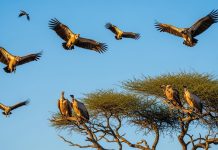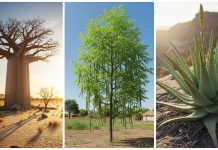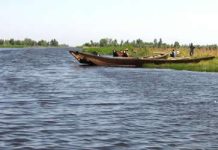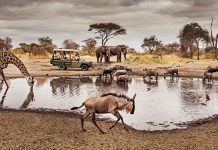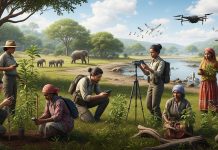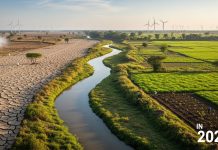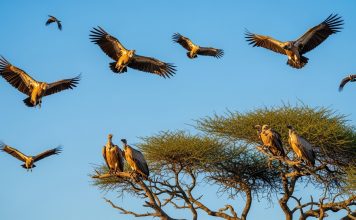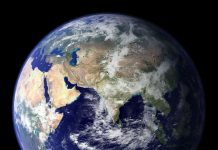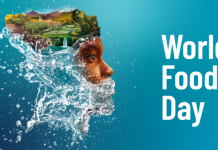Extraordinary Sahara dust engulfs Greece
Athens, Greece, witnessed a strange sight as a mysterious orange haze covered the city, hiding the famous Acropolis and creating a spooky atmosphere with...
Nigeria and Cameroon unite to protect wildlife and natural resources across borders
Nigeria and the Republic of Cameroon have achieved a significant milestone by collaborating to sign a crucial agreement aimed at safeguarding wildlife and effectively...
Planet vs. Plastics: Earth Day 2024’s Urgent Call to Action
Every year on April 22nd, World Earth Day reminds us of our duty to care for our planet. In 2024, the focus is on...
UN warns against rising illegal wildlife trade in Nigeria
The United Nations has spoken out against the unlawful trafficking of wildlife and forest goods, citing inadequate awareness, ineffective laws, and poor enforcement as...
House of Representatives Initiates Landmark Legislation for Endangered Species Conservation and Protection in Nigeria
Today, the House of Representatives initiated the initial review of fresh legislation focused on safeguarding and preserving endangered species. The bill, prepared by the...
Nigeria Makes a Brave Stand Against Ivory Trade
In a groundbreaking event held in Abuja, Nigeria took a firm stance against the illicit ivory trade by staging its first ivory-crushing event. Approximately...
ConservationsNG: A Journey into Earth’s Stewardship
You may have noticed, or perhaps it's already apparent to you, that this website is entirely devoted to the cause of conservation. It's evident...
West African Conservationist Iroro Tanshi Receives 2023 Pritzker Emerging Environmental Genius Award
On the 26th of October, west African conservationist Iroro Tanshi was honoured with the 2023 Pritzker Emerging Environmental Genius Award from the UCLA Institute...
Economic Trees
Economic trees, found in urban areas, hold more than just ornamental value. They contribute significantly to both local communities and the global economy. These...
Water is life, water is food. Leave no one behind: Celebrating World Food Day
World Food Day, on October 16, marks the founding of the United Nations Food and Agriculture Organization (FAO) in 1945. This year's theme, "Water...


